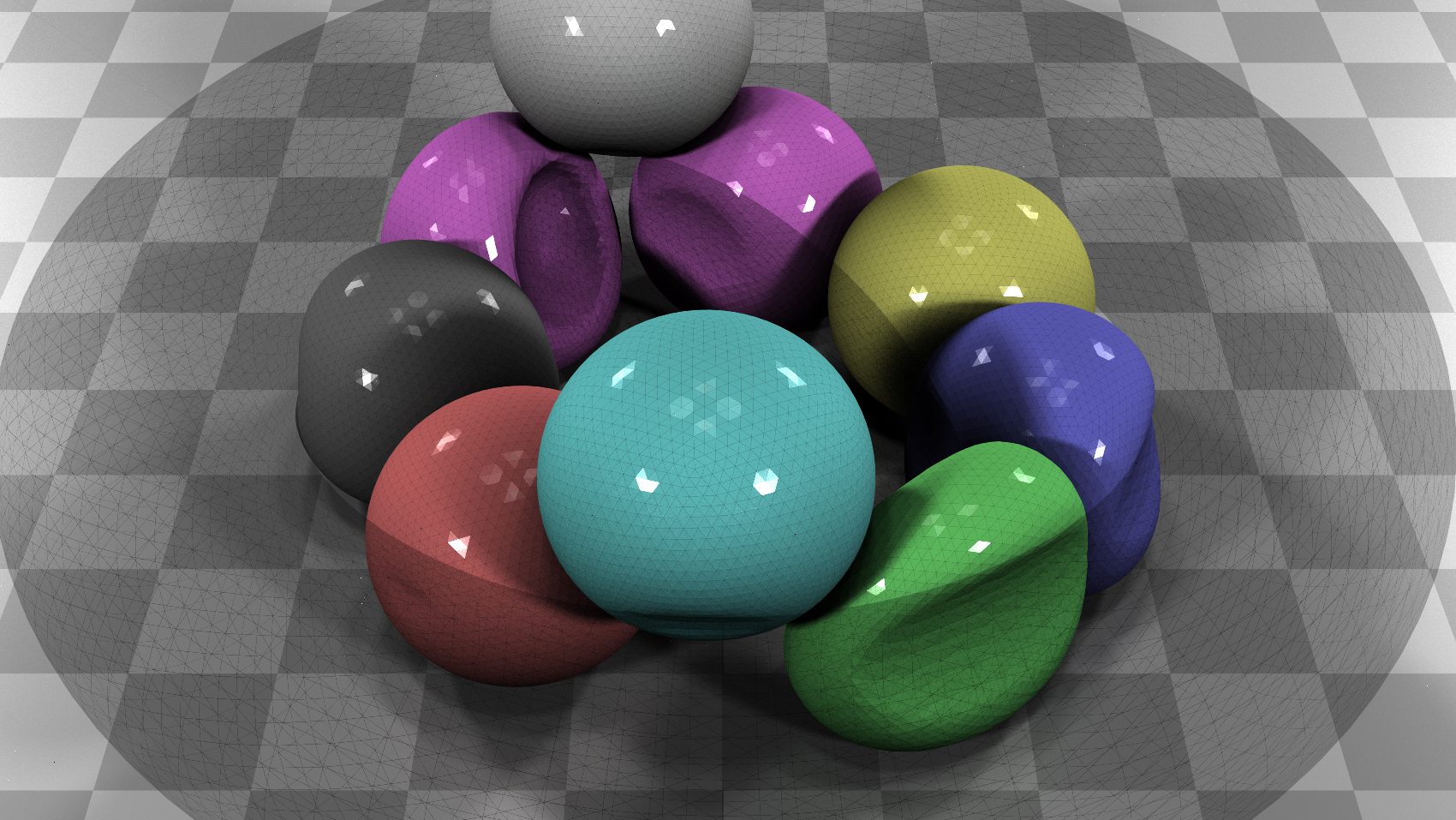Project: Simulation of soft-body objects for robotic manipulation
Description

Robotic manipulation has
traditionally been focusing on the manipulation of rigid objects. However, as
robotics is expanding in new application fields and is expected to physically
interact with humans and a large variety of objects, the expectation is that
robots will be able to perceive, plan, and control the manipulation of objects
that substantially change shape upon contact, such as e.g., cloths, bags, or
plants. The object dynamics models typically employed in high-fidelity
mechanical modelling—such as finite element models—while precise, require
detailed knowledge of the material properties and excessive computational
costs, which are often unavailable in real-time manipulation in (partially)
unstructured environments.
In order to perform such online robotic manipulation on soft body objects, simulation methods need to be developed which are fast, stable and accurate so they can be used to plan for appropriate motion to be performed or detect anomalies between reality and the internal robot perception of it. The aim of this project is to develop a discretization model for elastic bodies, which is feasible for near online applications (time scales of in the order of 100 Hz, with space scale of a few millimetres). The starting point would be a recent work described in [1,2] and reference therein, which target the same type of applications.
The project will be under supervision of Andrei Jalba of the department of Mathematics and Computer Science, and Alessandro Saccon of the department of Mechanical engineering, both at Eindhoven University of Technology.
[1] Servin, M., Lacoursiere, C., & Melin, N. (2006, November). Interactive simulation of elastic deformable materials. In SIGRAD 2006. The Annual SIGRAD Conference; Special Theme: Computer Games (No. 019). Linköping University Electronic Press.
[2] Servin, M., Lacoursiere, C., Nordfelth, F., & Bodin, K. (2010). Hybrid, multiresolution wires with massless frictional contacts. IEEE transactions on visualization and computer graphics, 17(7), 970-982.
Details
- Supervisor
-
 Andrei Jalba
Andrei Jalba
- Secondary supervisor
-
ASAlessandro Saccon (TU/e Mechanical Engineering)